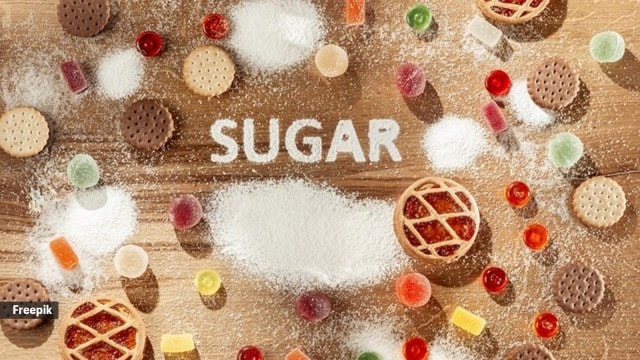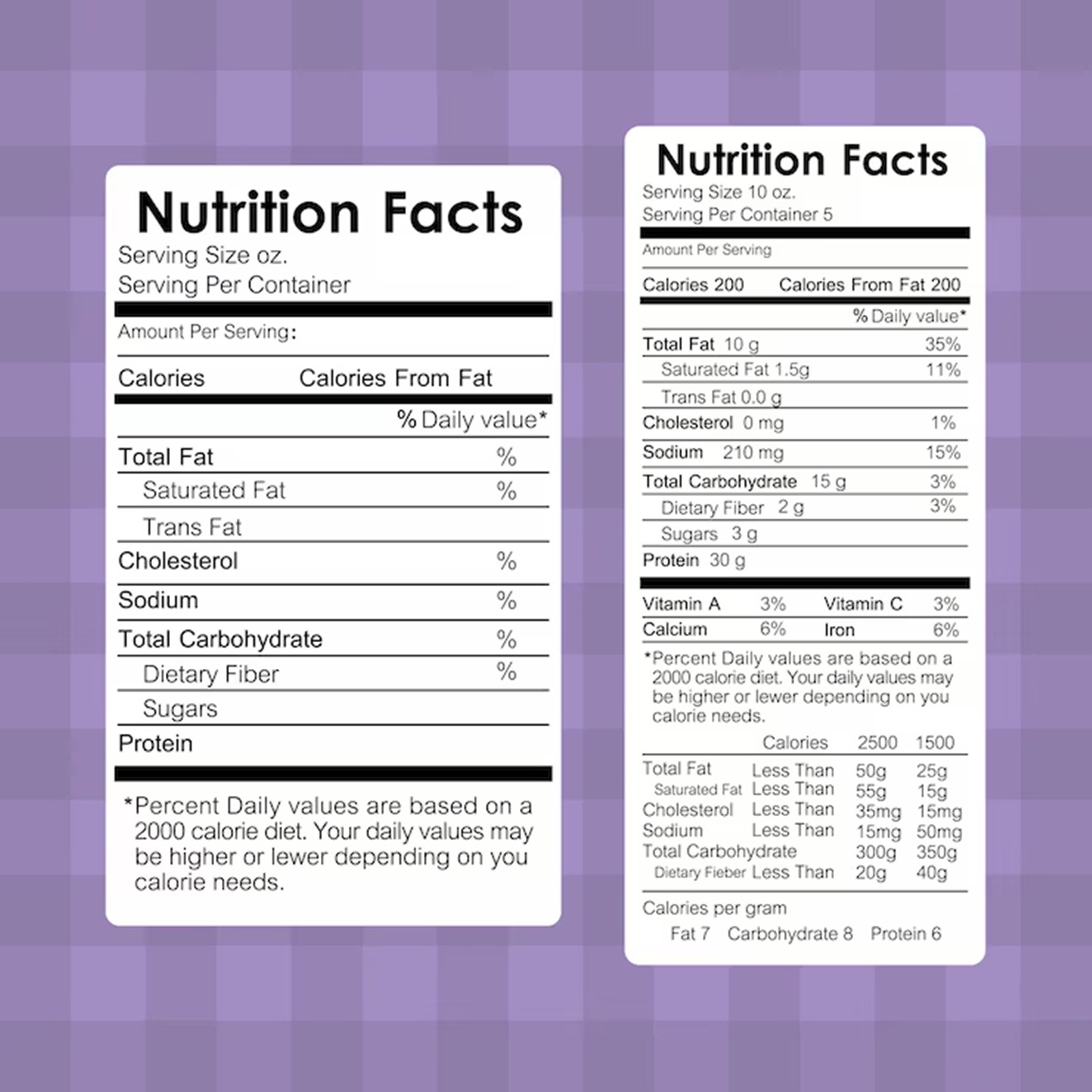📣 For more lifestyle news, click here to join our WhatsApp Channel and also follow us on Instagram
What ‘sugar-free’ and ‘no added sugar’ labels really mean
Misunderstanding these labels could lead to unintended sugar consumption, especially for those managing diabetes or watching their sugar intake.
 Misunderstanding these labels could lead to unintended sugar consumption. (Source: Freepik)
Misunderstanding these labels could lead to unintended sugar consumption. (Source: Freepik)Next time you reach for a product labelled ‘sugar-free’ or ‘no added sugar,’ don’t assume they mean the same thing. While both terms suggest lower sugar content, they have distinct meanings that can impact your diet choices.
Misunderstanding these labels could lead to unintended sugar consumption, especially for those managing diabetes or watching their sugar intake. To clear up the confusion, indianexpress.com spoke to an expert about the key differences, how these labels affect health, and what consumers should watch out for when shopping.
Key regulatory differences between ‘sugar-free’ and ‘no added sugar’ products
Kanikka Malhotra, consultant dietician and certified diabetes educator tells indianexpress.com, “The terms ‘sugar-free’ and ‘no added sugar’ are regulated differently across the globe. A product labeled as ‘sugar-free’ generally indicates that it contains a negligible amount of sugar, often less than 0.5 grams per serving, as set by regulatory agencies. This means that no added sugars or artificial sweeteners are included, although naturally occurring sugars may still be present. ‘No added sugar,’ on the other hand, signifies that no sugars or sweeteners have been added during the manufacturing process. However, the product may still contain naturally occurring sugars from ingredients like fruits or dairy. For example, in the European Union, there are clear definitions for these claims, but in Australia, there aren’t specific provisions for sugar-free claims in the Food Standard Code. In the U.S., the FDA enforces rules for ‘no added sugar’ labelling.”
 Consumers can identify hidden sugars in ‘no added sugar’ products by carefully examining the Nutrition Facts panel. (Source: Freepik)
Consumers can identify hidden sugars in ‘no added sugar’ products by carefully examining the Nutrition Facts panel. (Source: Freepik)
Exploring the potential health risks of sugar alcohols and artificial sweeteners in ‘sugar-free’ products
Sugar alcohols (polyols) and artificial sweeteners are often used in ‘sugar-free’ products as sugar alternatives. “Polyols, like erythritol, provide sweetness with fewer calories and may reduce the risk of dental issues. However, frequent consumption of erythritol may increase the risk of heart attack or stroke. Similarly, long-term use of artificial sweeteners may not help control weight and could potentially increase the risk of heart disease and type 2 diabetes. While regulatory bodies like the FDA have approved certain artificial sweeteners, concerns persist regarding their potential metabolic effects and overall impact on health,” explains Malhotra.
Identifying hidden sugars in ‘no added sugar’ products and make informed choices
Malhotra suggests, “Consumers can identify hidden sugars in ‘no added sugar’ products by carefully examining the Nutrition Facts panel. While the label indicates that no additional sugars were added during processing, it’s essential to check the ‘Total Sugars’ section to account for naturally occurring sugars. Ingredients like fruit juice concentrates, cane juice, corn syrup, and other unrecognised sugars can contribute to the overall sugar content.”
Awareness of these hidden sources enables individuals to make informed dietary choices, especially for those managing conditions like diabetes. Choosing unsweetened alternatives and prioritising whole, unprocessed foods can further help reduce overall sugar intake and promote better health.
📣 For more lifestyle news, click here to join our WhatsApp Channel and also follow us on Instagram








- 01
- 02
- 03
- 04
- 05



















